After a lot of work, I completed another wishlist plane that I started on ages ago and finally got around to finishing. Full 1:1 scale in size and weight, as well as what I believe to be performance to the real thing. This version represents the C model with the Pratt&Whitney J75 with approx. 17k lbs thrust, a conservative 1160 gal. of fuel, (this model does not have the aux. fuel pods or ariel refuel tank) and a take-off weight of about 22,350 lbs. I have also included the big, functional flaps and rear section airbrake, as well as wing-mounted airbrakes, and the detaching "pogo" takeoff struts. As per the real thing, at low altitudes, it is lazy to respond to controls and takes a good bit of input to get it pointing where you want it to go. Getting up to 50,000 feet or so it begins to respond much better. It will cruise at 70,000 feet easily with %40 throttle at the documented "maximum cruise speed" of 480 mph or so. The documented "never exceed speed" is supposedly 500 mph however this model will go faster than that and I have reason to believe the real one will too.
AG1: Flaps (VTOL slider down for full deploy)
AG2: rear air brake (VTOL slider down for full deploy, landing only) (the wing-mounted air brakes will come on with the actual brakes, very similar to the real thing if you watch videos from the chase car)
AG3: lights
AG4: detach "pogos"
To take off: AG1 and set flaps to 1st notch down Throttle up, nose up at around 100 mph or so Detach pogos almost immediately, raise gear Set flaps back to middle. It will climb pretty well at 30 degrees. To land: What most people know the U-2 for is how hard it is to land, with the real life verison requiring a chase car to call out to the pilot how far the gear is off the runway, as the pilot must engage a full wing stall to touch the plane down, and with the nose up attitude and very limited visibility, it is quite difficult for the pilot to do alone. Thankfully we have a chase camera view that makes it much easier!
Start approach around 10k feet by throttling down to %35, switch on AG2, lower gear, set flaps to 1st notch (which will also partially deploy the rear air brake) and let the plane slow down and decend. Once at 5k feet or so, which should also be around 150 mph, set flaps to full, keep throttle at %35, and glide it in. You want your speed to be around 100 mph once over the runway- at that point, bring it down slowly, then cut throttle and hit the brakes, it should plop down nice and easy, use the alierons to keep it upright until you come to a stop where it will tip over on to the wing skid. (at which point in real life, a support vehicle would come, re-attach the pogos and the pilot would taxi back to the hangar)
Enjoy!
Specifications
General Characteristics
- Created On Windows
- Wingspan 106.2ft (32.4m)
- Length 61.9ft (18.9m)
- Height 20.3ft (6.2m)
- Empty Weight 14,515lbs (6,584kg)
- Loaded Weight 22,358lbs (10,141kg)
Performance
- Power/Weight Ratio 0.502
- Wing Loading 21.3lbs/ft2 (104.0kg/m2)
- Wing Area 1,050.1ft2 (97.6m2)
- Drag Points 9073
Parts
- Number of Parts 108
- Control Surfaces 5
- Performance Cost 522


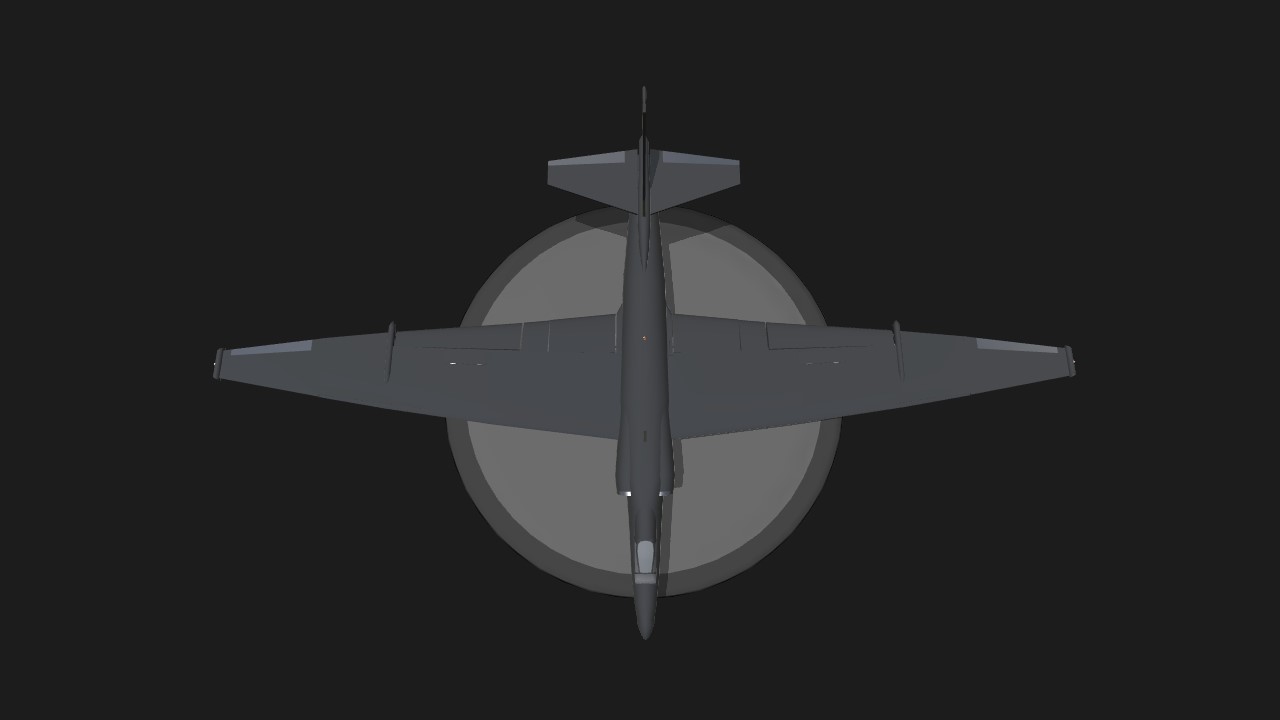
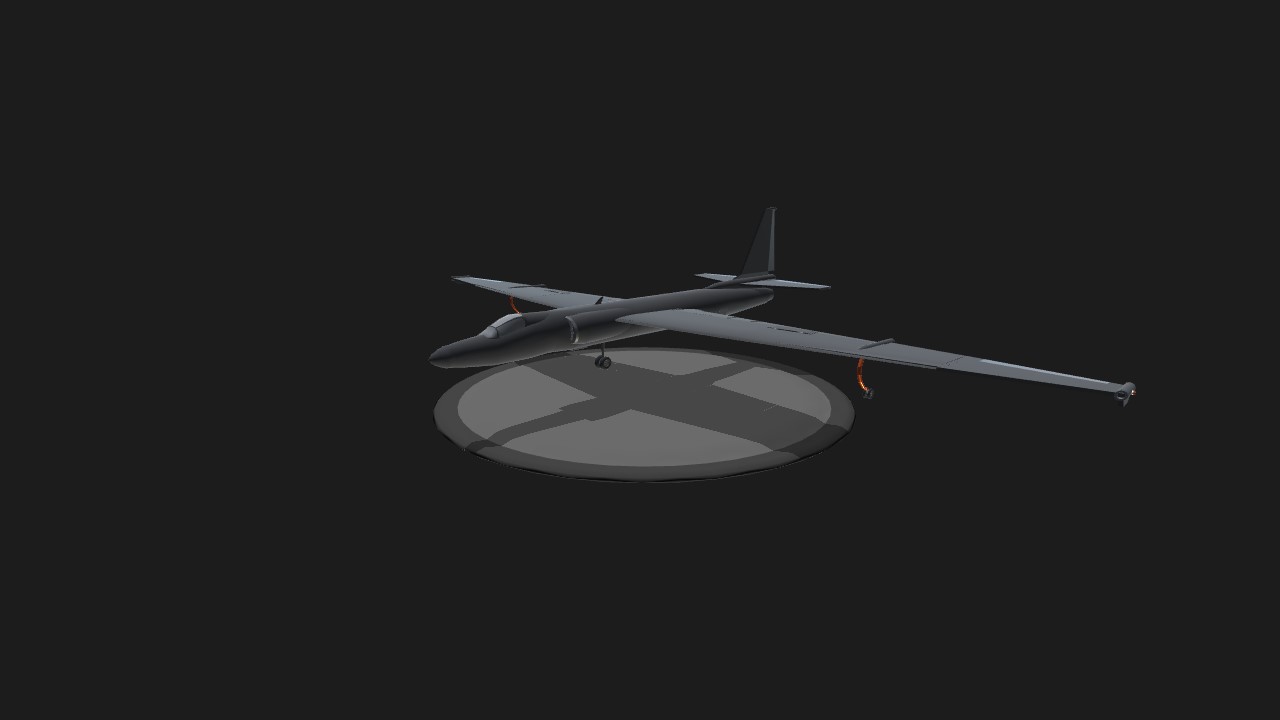
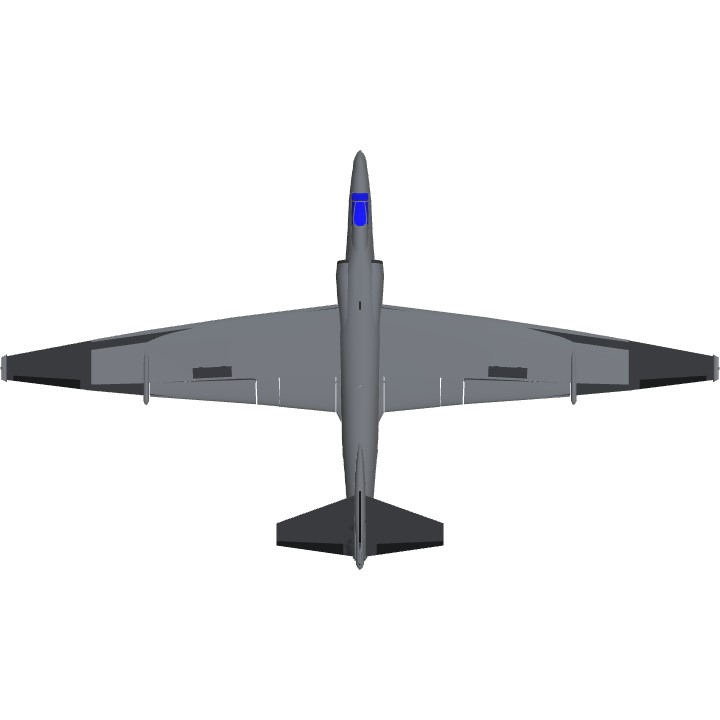
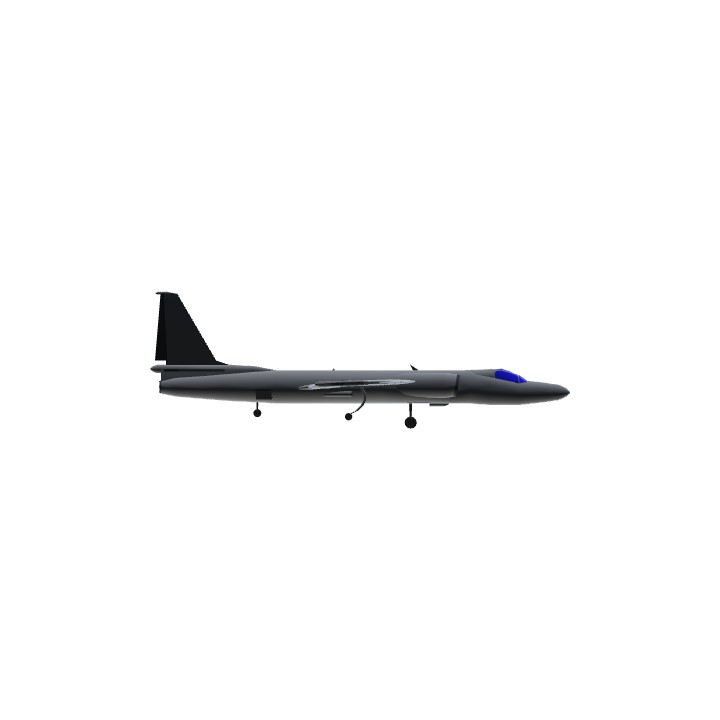
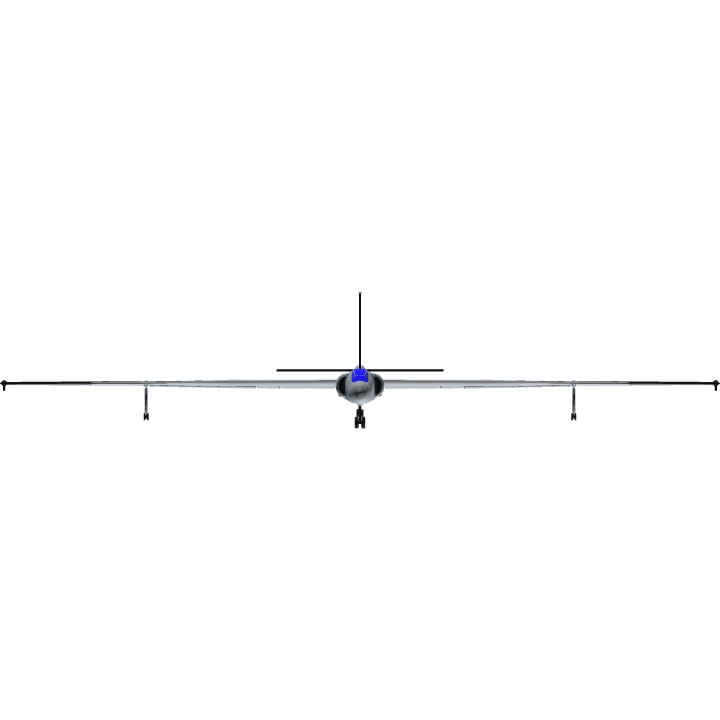
Love it. Its awesome.